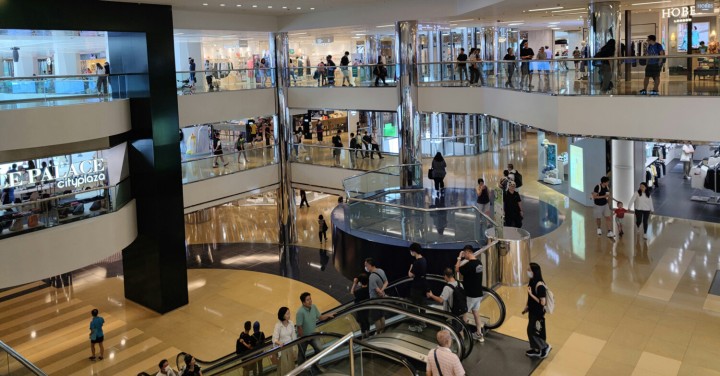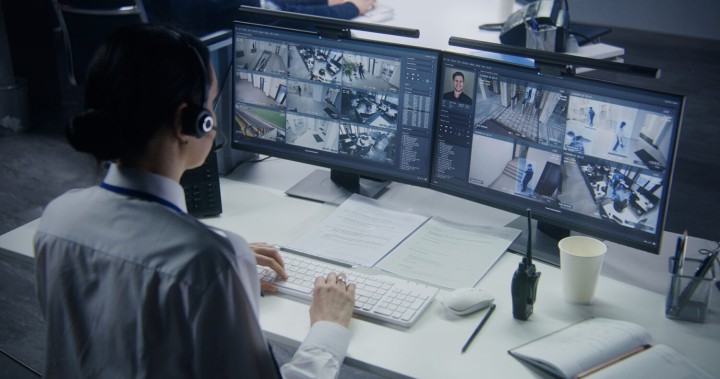The CEO of the College of Policing may have raised some eyebrows when at the 2024 Police Superintendents’ Association conference he stated that AI needed to be “injected into police forces like heroin into the bloodstream.”
While the metaphor was striking, the message was clear: policing needs transformative change, and AI could be the catalyst. With overstretched forces and rising public safety expectations, technology offers a means to reduce administrative burdens and enhance frontline capabilities.
Mr Marsh’s comments align with broader policy direction. The UK government’s State of Digital Government review, published in early 2024, highlights ‘’AI-driven automation of manual tasks’’ as a cornerstone of public sector reform.
Since then we have heard of a number of use cases involving AI among law enforcement. Indeed, in May 2025 Cheshire Police became the first UK police force to make use of AI in analysing behavioural patterns linked to stalking; an initiative that underscores AI’s role in prevention and early intervention.
This follows on from the publication of a report at the end of March 2025, which claims that law enforcement should “rapidly adopt AI tools” and focus on “proactive deployment of AI systems” in order to deter and tackle criminal behaviour in the next five years.
The AI and Serious Online Crime report from the Centre for Emerging Technology and Security at the Turing Institute states that improvements in training on AI technologies are urgently needed to bolster the capabilities of UK law enforcement.
More recently still, the Chair of the National Police Chiefs’ Council Digital, Data and Technology Co-ordination Committee has been vocal in advocating for police forces across the UK to embrace emerging technologies as part of delivering on the UK government’s Safer Streets mission.
There are a number of ways in which AI can be utilised to aid incident management and support policing. One prominent and growing example is AI video analytics, a technology with the potential to transform how police manage incidents, detect threats and allocate resources. By turning passive CCTV systems into intelligent monitoring tools, these AI solutions can raise real-time alerts for suspicious activity, safety hazards, or breaches in restricted areas for example.
This has particularly beneficial outcomes in aiding policing and wider security operations in the case of public events or high footfall urban spaces. Keeping areas of a town or city safe, secure, and free flowing is challenging, and requires control rooms to monitor a range of potentially complex security risks simultaneously in very challenging settings.
The same technology can aid policing and security personnel in the case of keeping buildings and large-scale environments such as major transportation hubs secure. These facilities are increasingly in need of high-tech, advanced solutions to keep them secure, often at a time when there are constraints over staffing numbers.
Beyond city centres, AI-Powered Video Analytics is being explored in critical infrastructure such as airports, seaports, hospitals and government buildings. In these environments, where staffing may be limited, AI video solutions can support access control by integrating with security databases and triggering alerts when individuals without clearance attempt to enter secure zones.
Importantly, these solutions can be designed to enhance safety and security without infringing on individual privacy, a concern that must remain central as adoption scales.
AI-powered video analytics is becoming a vital asset in the most urgent moments of policing, when response time needs to be closest to immediate. For example, what happens when a child goes missing or a vulnerable person vanishes in a stadium or a city centre environment?
Every minute matters, and through capabilities such as ‘Tag and Track’ officers can now scan stadium wide CCTV networks in seconds using visual description and Generative AI to find the missing person. What once took hours can now take minutes, significantly improving the chances of a safe recovery and potentially saving lives. In some instances, uploading a guardian-provided photo allows the system to track the individual in real time, dramatically cutting down search times and guiding officers with precision.
This same technology is already being used in various locations across the globe to swiftly locate violent or high-risk offenders, reducing public exposure to danger and giving officers the edge with faster, more informed responses.
Post incident, the benefits continue. Instead of spending days combing through footage frame by frame, officers can allow secure AI tools do the heavy lifting. Intelligent solutions can flag the most relevant clips, enabling forensic teams to work more quickly and efficiently. It’s not just timesaving; it’s a shift in how policing is done, less manual trawling and more strategic action and optimum resource allocation whilst fully maintaining the lead with police and security members on the subject.
As policing enters its next chapter, embracing tools like AI Video Analytics will be essential, not just to stay ahead of crime, but to prevent it, and uphold the safety, trust, and effectiveness the public rightly expects.
-
Originally published on The AI Journal



